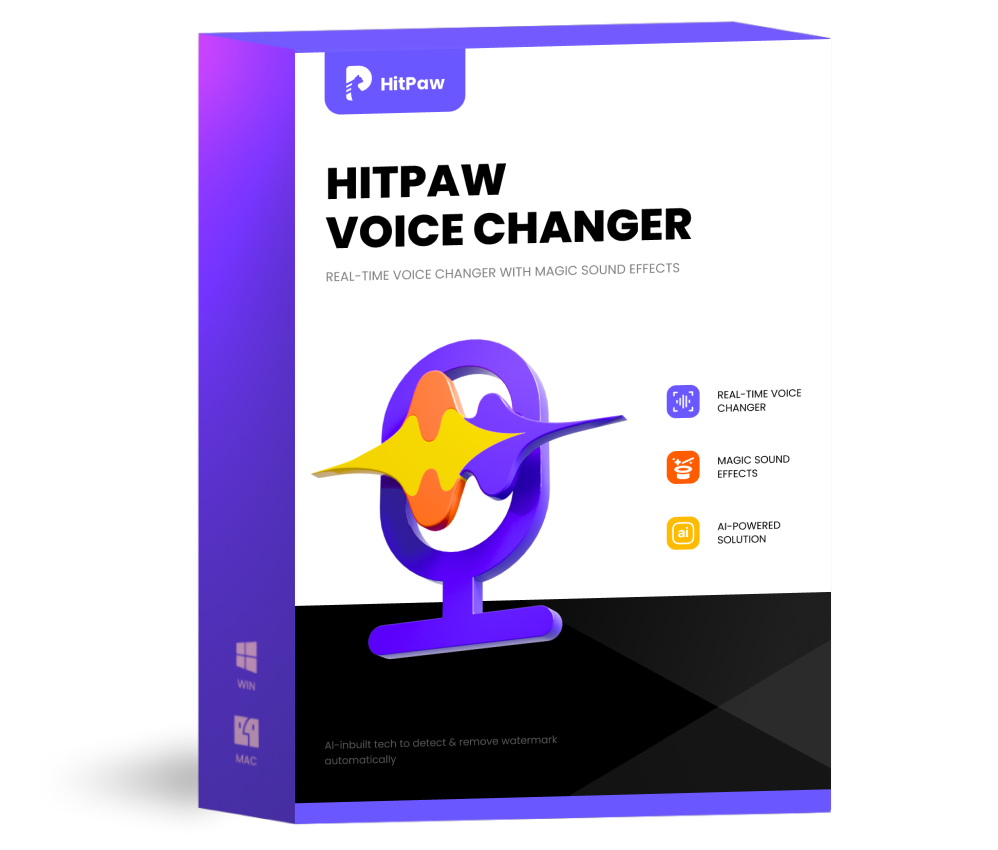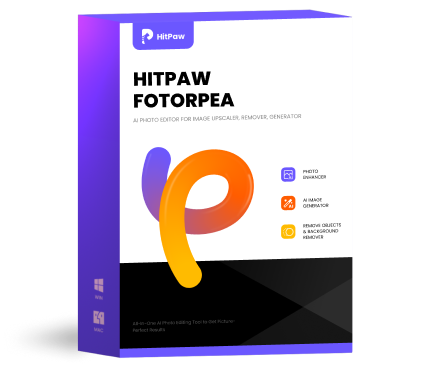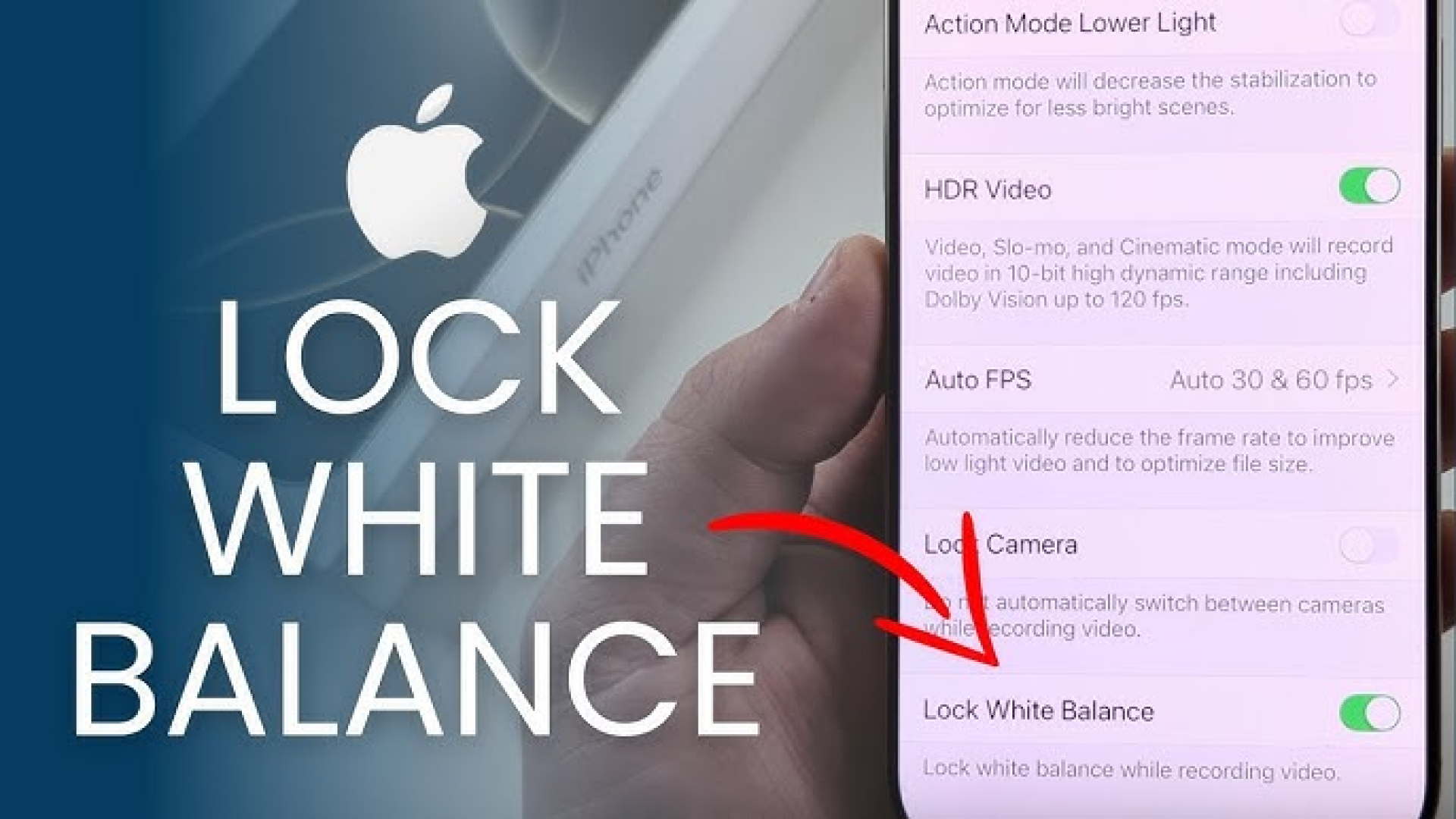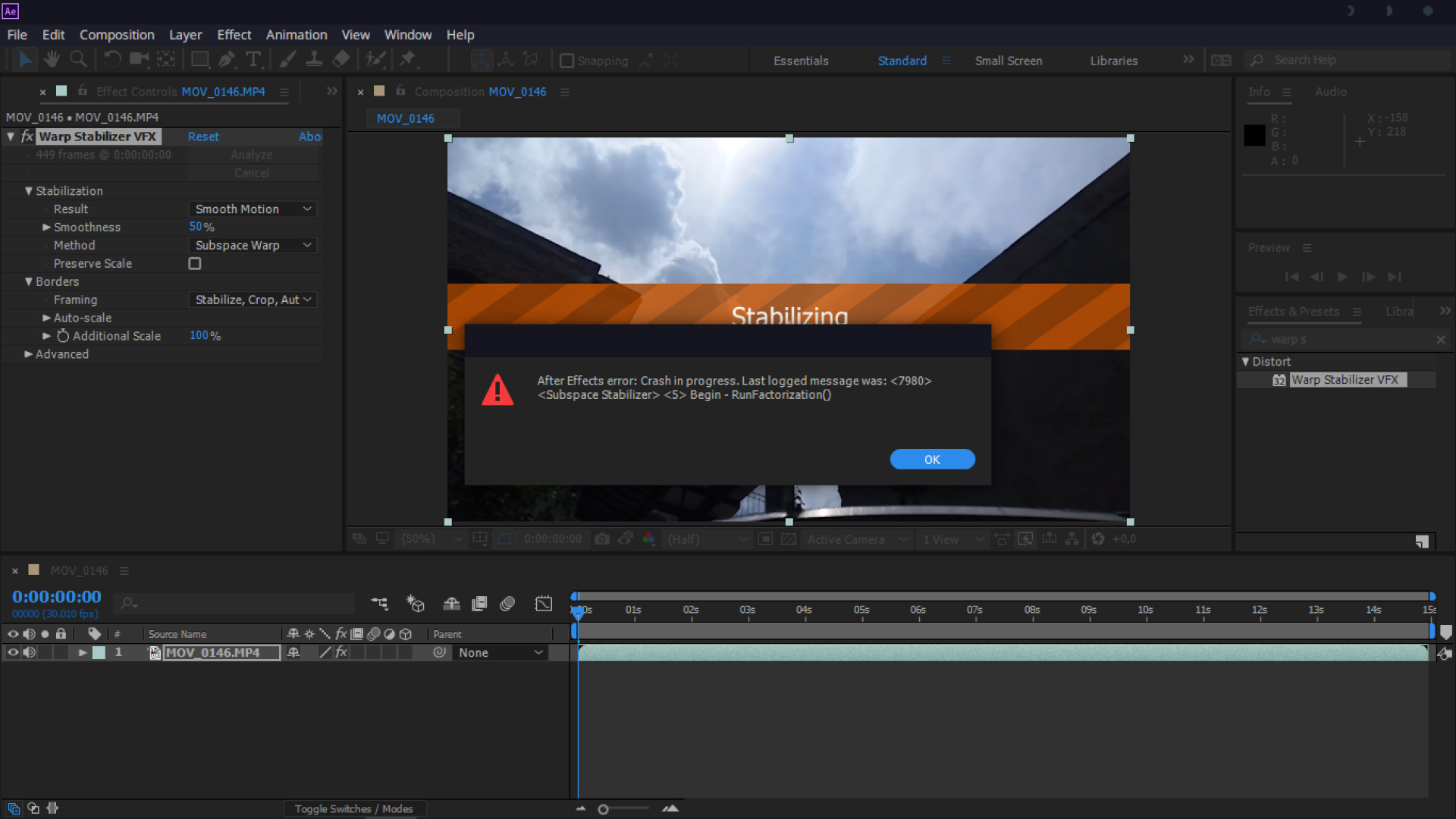A Basic Review of NASA Deep Space Cat Vide
Are you curious as to why the "NASA Deep Space Cat Video" is so popular? ASA made waves last month when it beamed a cat video from deep space! This wasn't just any viral video; NASA used it to test a revolutionary new technology called Deep Space Optical Communications.
While the cat video itself became internet history, the technology behind it represents a significant step forward, demonstrating that it may be able to send high-definition videos from destinations like the Moon, Mars, and beyond. In this article, we'll look at how this technology might improve space communication. Let's get started to know about the secrets of it.
Part 1. What Is NASA Cat Video Deep Space?
The "NASA Deep Space Cat Video" is one of the most remarkable transmissions in space exploration history! NASA recently demonstrated its latest technology 'Deep Space Optical Communications', by beaming a video of a cat chasing a laser from deep space back to earth. This new technology enables ultra-high-definition video to be sent across great distances, a huge step forward for future space missions. Imagine one day transmitting video from Mars or other worlds!

This entertaining and significant film highlighted NASA's capacity to improve communication with distant spacecraft. The amusing use of a cat video gives sense of comedy to remarkable development, demonstrating that even serious technology tests can be entertaining.
Part 2. Why Did NASA Send A Video of Cat
NASA's decision to broadcast a video of a cat chasing a laser from deep space may appear odd, but there are compelling reasons behind it. The transmission of this playful cat video was more than just for fun; it also served as a showcase of NASA's modern technology, helped engage the public in an exciting way, and added a symbolic touch to the space exploration history.
1. Technological Milestone
The primary reason for sending the cat video was to demonstrate NASA's advancements in space communication technology. This was the first ultra-high-definition video broadcast from deep space through Deep Space Optical Communications (DSOC). DSOC uses lasers to convey high-bandwidth data, allowing for faster and clearer communication from faraway spacecraft. NASA demonstrated that this new technology might handle high-quality video transmission over long distances, potentially transforming how we communicate with missions exploring the Moon, Mars and beyond.
This accomplishment represents a significant milestone for NASA and space exploration as a whole. The capacity to send high-definition videos from outer space offers up new possibilities for future missions, including live video transmissions from distant worlds.
2. Public Engagement
NASA has always understood the importance of keeping the public interested in its missions. Space research might appear remote and abstract at times, but the amusing use of a cat chasing a laser was a wonderful move for connecting with people in a fun and approachable way. Cats and the internet have a long history, and by using a cat video, NASA insured that the news would go worldwide.
Engaging the public with creative media, such as a cat video promotes interest in science, technology, engineering and mathematics. With so many people sharing the video, NASA effectively expanded its reach and sparked interest in the technologies and missions that enable space travel. It was a way to remind everyone that despite all of the intricate technological and scientific developments, space travel is about discovery and wonder, something that everybody can appreciate.
3. Symbolic Legacy
Sending a cat video into space was about more than simply technology and interaction; it was also a symbolic gesture. It symbolized a link between the present and future of space exploration. The video's lighthearted nature serves as a metaphor for human creativity, and curiosity, and the desire to achieve the impossible.
Furthermore, the cat video is a humorous contribution to NASA's history of "outside the box" communication. In the past, NASA has sent other unusual communications into space, such as music or recordings of human voices to spacecraft. The cat film continues this legacy, demonstrating that space exploration is about more than simply being serious and technical, it's also about having fun, igniting imaginations and making history unforgettable.
Part 3. Pro-Tips. Unblur Your “Deep Blurry” Video with AI Video Enhancer
If you have a blurry video and want to highlight the details, HitPaw VikPea (formerly HitPaw Video Enhancer) can assist. This is an AI-powered tool that enhances and clarifies low-quality videos and convert them into clearer, more visually appealing versions. Whether your footage is pixelated, grainy, or lacking definition, this tool's powerful algorithms will restore clarity and quality.
HitPaw VikPea uses AI models to denoise, sharpen features and enhance faces, making it the ideal solution for restoring life to your "deep blurry" videos.
Why choose HitPaw VikPea
- AI Video Enhancement: Sharpen blurry video details using advanced AI technology to restore all clarity.
- Upscaling for 4K Resolution: This up-scales low-resolution videos to 4K, leaving you with crisper and brighter visuals.
- Noise Reduction: Reduces video noise; thus, low-quality or compressed videos are displayed clearer and less jerky without losing essential details.
- Face Enhancement: It uses AI models to provide better enhancement to face details.
- Easy-to-Use Interface: Designed in a very simple way, any beginner can enhance the video easily to an unblurred video with minimal clicks.
Steps to Unblur Video
1.To start with, you need to download and install HitPaw VikPea on your computer.
2.Then, you can open the software and upload the blurry video you want to make sharp by clicking "Choose File."

3.Determine the best AI model to unblur the image. You may find models for denoising, sharpening, or enhancing facial features.

4.Click "Preview" to see how the AI will enhance your video and confirm the changes. When you have completed adjusting, click the Export button to save your clear, non-blurry video in a format and quality of your choice.

Learn More about HitPaw VikPea
Part 4. FAQs of NASA Cat Video Deep Space
Q1. Did NASA use laser to stream cat video from deep space?
A1. The cat video was sent by NASA using a laser-based communication system called Deep Space Optical Communications (DSOC). This technique represents a significant improvement over conventional radio wave systems by allowing high-speed, high-definition data transfer from deep space.
Q2. How has NASA just made history using a cat video?
A2. NASA used a film of a cat to send the first ultra-high quality video from outer space, making history. This represents a significant advancement in space communications because DSOC may make it possible to send data more quickly and clearly from places as far away as Mars or beyond, completely changing the way we interact with spacecraft that are far away.
Q3. What kinds of places does the phrase "deep space" refer to?
A3. "Deep Space" refers to areas of space stretching from the Moon to Mars and beyond, which are outside of Earth's immediate surroundings. It is the great distance where communication with spacecraft becomes difficult, which is why future deep-space travel depends on high-speed technologies like DSOC.
Conclusion
NASA cat video deep space, which uses novel laser-based technology for ultra-high definition data transfer, is an important achievement in space communication. This innovation makes it possible to transmit data from far-off places like Mars more quickly and clearly.
HitPaw VikPea provides strong AI-based capabilities to upscale and sharpen any video, guaranteeing excellent clarity for all of your footage if you want to improve the quality of your own videos.








 HitPaw Univd (Video Converter)
HitPaw Univd (Video Converter) HitPaw VoicePea
HitPaw VoicePea  HitPaw FotorPea
HitPaw FotorPea



Share this article:
Select the product rating:
Daniel Walker
Editor-in-Chief
My passion lies in bridging the gap between cutting-edge technology and everyday creativity. With years of hands-on experience, I create content that not only informs but inspires our audience to embrace digital tools confidently.
View all ArticlesLeave a Comment
Create your review for HitPaw articles